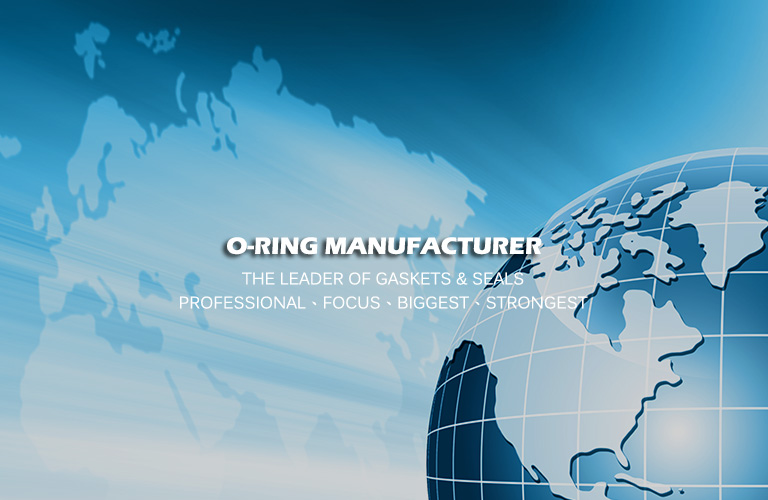In Table 1, the rubber classification “Type” and “Category” are determined according to ASTM D2000 and SAE J200. The determination of “Type” is based on thermal test for the purpose of determining the max. application temperature; the letter A to J indicates the temperature scope of 70℃-270℃. The determination of “Category” is based on the max. volume expansion percentage after immersion in oil (ASTM#3), with letter A to K indicating ten categories.
The “Type” and “Category” are used together. For example, AK indicates the rubber can be used continuously at 70℃ and immersed in the oils specified in ASTM, with volume expansion not exceeding 10%.
還有資料,請向右滑動
| Basic regulations of elastomers | |||
|---|---|---|---|
| Determination of Type and Category | |||
| Type | Test temperature (℃) | Category | Volume expansion (max. %) |
| A | 70 | A | |
| B | 100 | B | 140 |
| C | 125 | C | 120 |
| D | 150 | D | 100 |
| E | 175 | E | 80 |
| F | 200 | F | 60 |
| G | 225 | G | 40 |
| H | 250 | H | 30 |
| J | 275 | J | 20 |
| K | 10 | ||
Table 2 shows the rubbers often used and meeting those typical provisions in ASTM D2000 and SEA J200. This table is not limited; other polymers can also meet the same specifications.
(Table 2)
還有資料,請向右滑動
| ASTM SAE | D2000 J200 | Typical rubbers |
|---|---|---|
Type | Category | |
| A | A | Natural rubber, styrene, butadiene, butyl, ethylene, propylene, polybutadiene and isoprene. |
| A | K | Polysulfide. |
| B | A | Ethylene, propylene, styrene (high temperature), butyl. |
| B | C | Chloroprene. |
| B | E | Chloroprene. |
| B | F | Nitrile. |
| B | G | Nitrile, ester. |
| B | K | Polysulfide. |
| C | A | Ethylene, propylene. |
| C | E | Chlorothioester polyethylene. |
| C | H | Epoxy monochloroethane, ethylene/crylic acid. |
| D | A | Ethylene, propylene. |
| D | F | Polypropylene ester (butyl-propylene ester). |
| D | H | Polypropylene ester. |
| F | C | Silicon (high strength). |
| F | E | Silicon. |
| F | K | Silicon fluoride. |
| G | E | Silicon. |
| H | K | Viton. |


